Using the right knife for appropriate use, sharpening the knife likewise cleaning and sanitizing knives are also very important to avoid food-borne diseases also to prevent the knives from getting damaged. I used to use my kitchen knives as well as the outdoor knives and put them back in their place without cleaning them. After a few days of use, I found stains of rust on the knives and also on the chopped fruits and vegetables which eventually resulted in a damaged knife blade and inedible food.
Knives are important tools in both professional and household kitchens. They are used daily for food preparation. However dirty knives can contain bacteria posing health risks to consumers.
Understanding why, when, and how to clean knives helps prevent foodborne illness.
Additionally, it prolongs the lifespan of your knives.
In this article, I am providing you with a guide on how to clean and sanitize knives, their importance, and their techniques.
Understanding the Importance of Knife Cleaning and Sanitization
Knives are always in use, from chopping vegetables to slicing meat and more. With frequent
use, they gather food residue, bacteria, and contaminants on the blade.
Contaminated knives can quietly spread bacteria and cause foodborne illnesses. Residues from cutting raw meat or fruits can host harmful microorganisms, risking consumers’ health. While cleaning removes visible dirt, sanitization is essential to kill invisible bacteria and viruses.
That’s why regular cleaning and sanitization of knives is important for maintaining a hygienic
cooking environment. They also help protect yourself and others from potential health risks.
When Must a Knife Be Cleaned and Sanitized?
Knowing when to clean and sanitize your knives is important for keeping your kitchen clean and safe. It helps prevent cross-contamination and keeps hygiene standards high. Here’s a breakdown:
- After Each Use
Whether you are slicing, chopping, or dicing it’s best to clean knives right after using them. It will prevent food residues from drying and sticking to the blade.
- During Food Preparation
When handling various foods like raw meat and vegetables, make sure to clean the knife between tasks.
When dealing with raw animal products, bacteria like Salmonella or E. coli might be present. This prevents cross-contamination.
- After Dealing with Strongly Flavored Ingredients
After using flavored ingredients such as garlic, onions, or chili peppers, it’s important to clean your knives.
This prevents their flavors from transferring to other ingredients, helping to maintain the distinct taste of your dishes.
- When Handling Allergenic Ingredients
When dealing with allergenic ingredients, sanitizing knives is crucial. This prevents any allergen traces from transferring to other dishes. This is especially important when preparing food for individuals with allergies.
- At the End of the Day
It is a good practice to give your knives a thorough cleaning and sanitization after using them throughout the day. This removes bacteria, even if you’ve cleaned them throughout the day.
Techniques for Knife Cleaning
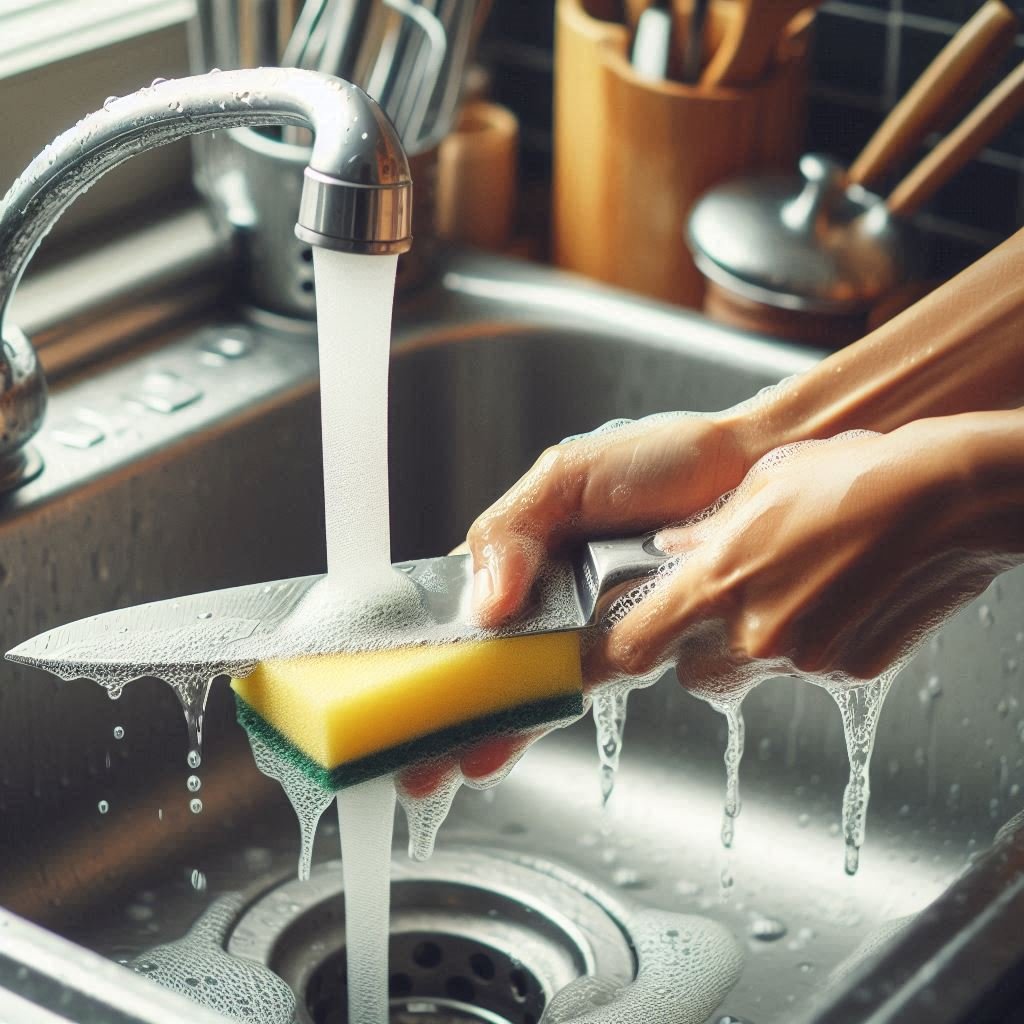
Ensuring knife cleanliness isn’t just a recommendation it’s important for food safety. Here’s how to properly do it:
- Rinse knives immediately after use to eliminate food particles.
- Use a gentle dish soap and a soft sponge or cloth to wash the knife thoroughly. Pay attention when cleaning the blade, handle, and crevices.
- Do not use abrasive cleaners or steel wool, as they can harm the knife’s surface.
- Dry the knife with a clean, dry cloth.
- Make sure the knife is completely dry after washing to prevent bacterial growth and rust formation.
Please note: Although it might be convenient, putting knives in the dishwasher is not recommended. The detergents and harsh conditions inside can damage both the blade and handle.
Knife Sanitization Methods
Here are some sanitization methods that you can practice:
- Chemical Sanitization
Apply sanitizing solutions to kitchen utensils according to the manufacturer’s instructions. Rinse knives thoroughly with water afterward.
- Boiling Water
For a chemical-free option, dip knives in boiling water for a few seconds to sanitize. Handle hot water carefully to avoid burns.
- UV-C Sterilization
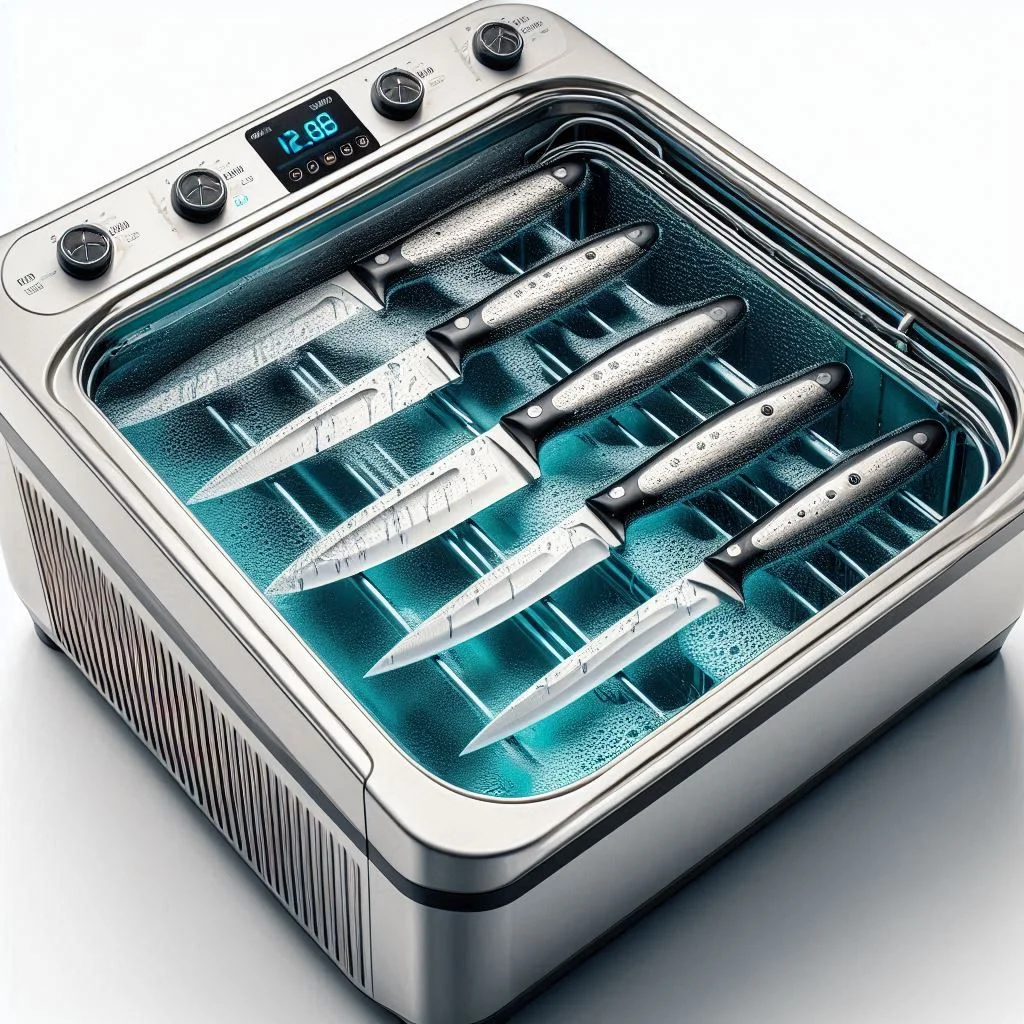
Use UV-C light devices to sterilize knives. Make sure the entire knife, including the handle and blade, is fully exposed to the light.
How to Remove Tough Knife Stains
Despite regular cleaning, stubborn stains can sometimes develop on the blade. Here’s how to tackle them:
- Baking Soda Paste
Mix baking soda with water and create a paste. Apply it to the stained area. Let it sit for a few minutes, then scrub it with a soft sponge or brush.
- Lemon Juice
Use the acidity of lemon juice to break down tough stains. Apply it to the stained area, let it sit for a few minutes, then rinse.
- Commercial Cleaners
Use commercial knife cleaners specifically designed to remove tough stains and residues. Follow the manufacturer’s instructions for the best results.
Benefits of Proper Knife Cleaning and Sanitization
Proper knife cleaning and sanitization ensure a hygienic cooking environment. If offers numerous benefits like:
- Food Safety
Regular knife cleaning prevents cross-contamination, reducing the risk of foodborne illnesses.
- Removal of Harmful Bacteria
Cleaning removes bacteria like Salmonella and E. coli from knives used on raw animal products.
- Preservation of Food Quality
Thorough cleaning maintains the taste, smell, and appearance of ingredients, avoiding cross-flavoring.
- Extended Lifespan of the Knife
Regular cleaning prevents rust and corrosion, preserving the knife’s sharpness and functionality.
- Hygienic Cooking Environment
A clean knife promotes good sanitation practices and maintains kitchen hygiene standards.
- Aesthetically Pleasing
A clean, shiny knife enhances the cooking experience and presentation of dishes.
- Avoiding Unpleasant Odors
Thorough cleaning eliminates food residue odors, creating a more pleasant kitchen atmosphere.
Maintenance and Storage
Proper maintenance and storage can extend the lifespan of your knives. It can keep them in excellent condition. Here are some tips:
- Sharpen Your Knives: Use honing steel or sharpening stone to keep your knives sharp. A sharp knife is safer and more efficient.
- Store Properly: Protect the blade and prevent accidents by storing your knife. Store them in a knife block, on a magnetic strip, or in a sheath.
Avoid Hard Surfaces: Avoid cutting on hard surfaces like glass or ceramic, as these can quickly dull the blade.
Conclusion
Cleaning and sanitizing knives are topics that don’t get much attention. It is important to clean knives after every use, especially when switching between different types of food.
It is crucial for food safety, maintenance and better tasting food. Following the techniques and practices mentioned above, you can keep your knives sharp, clean, and safe for years!

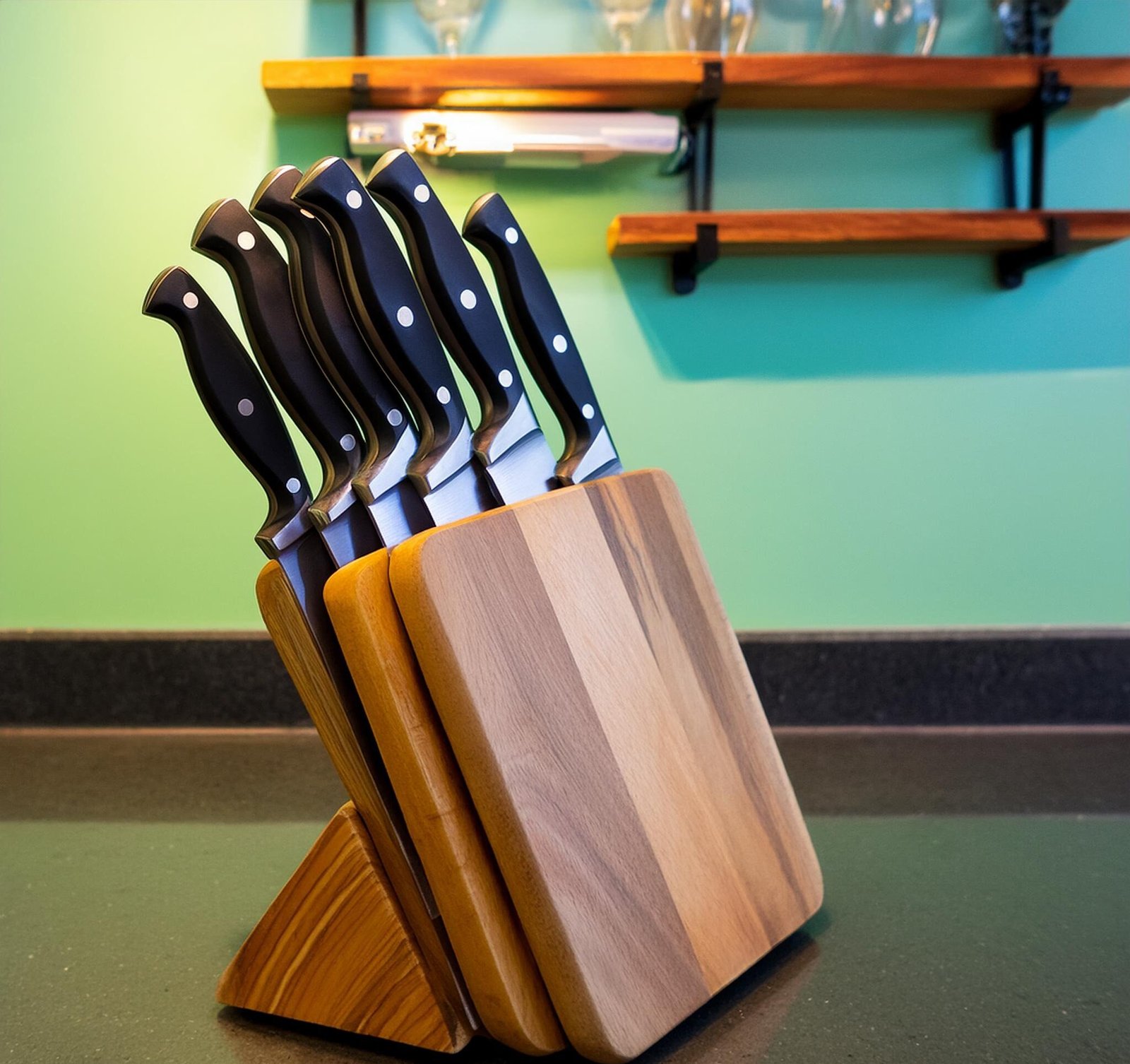
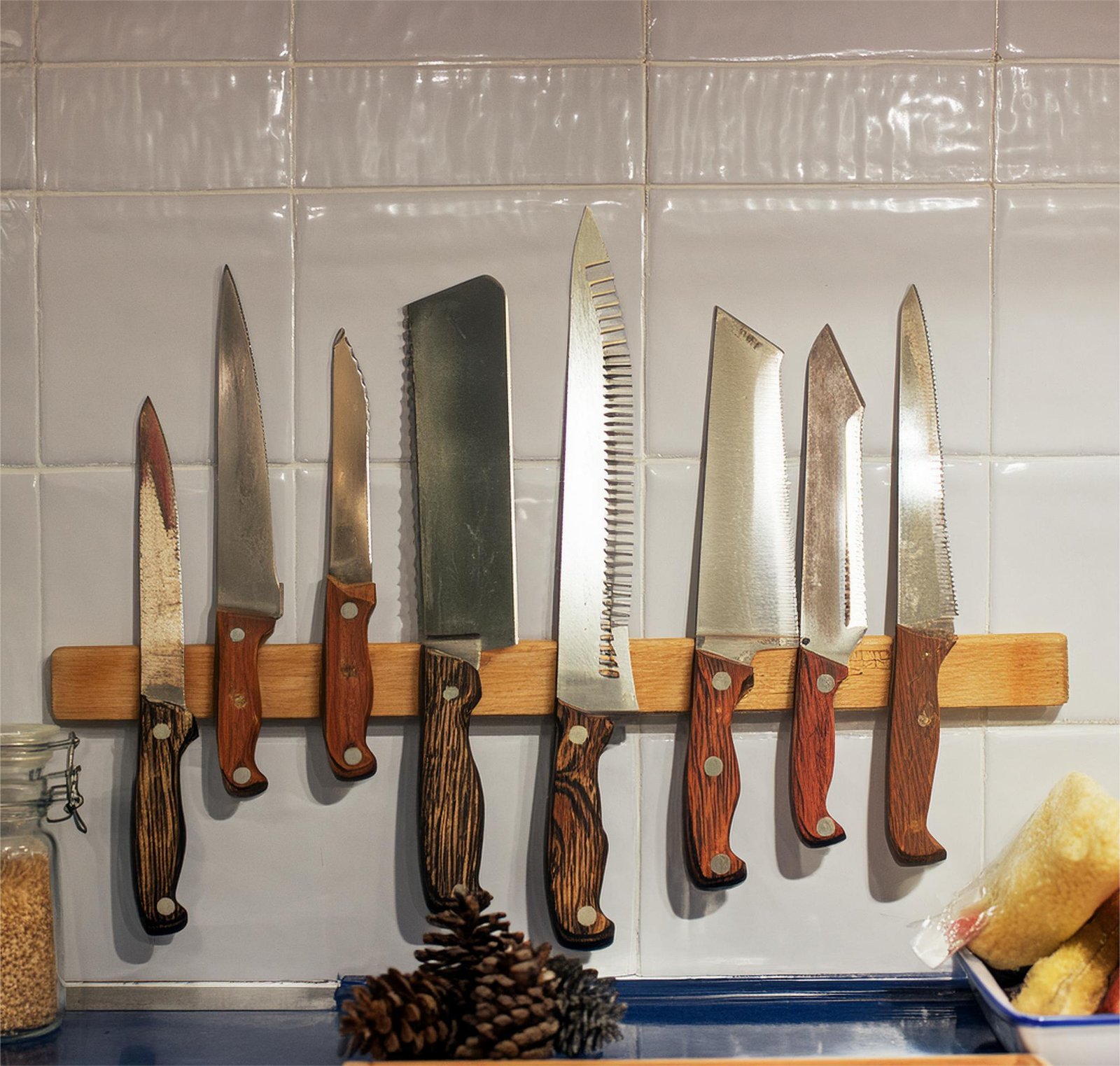
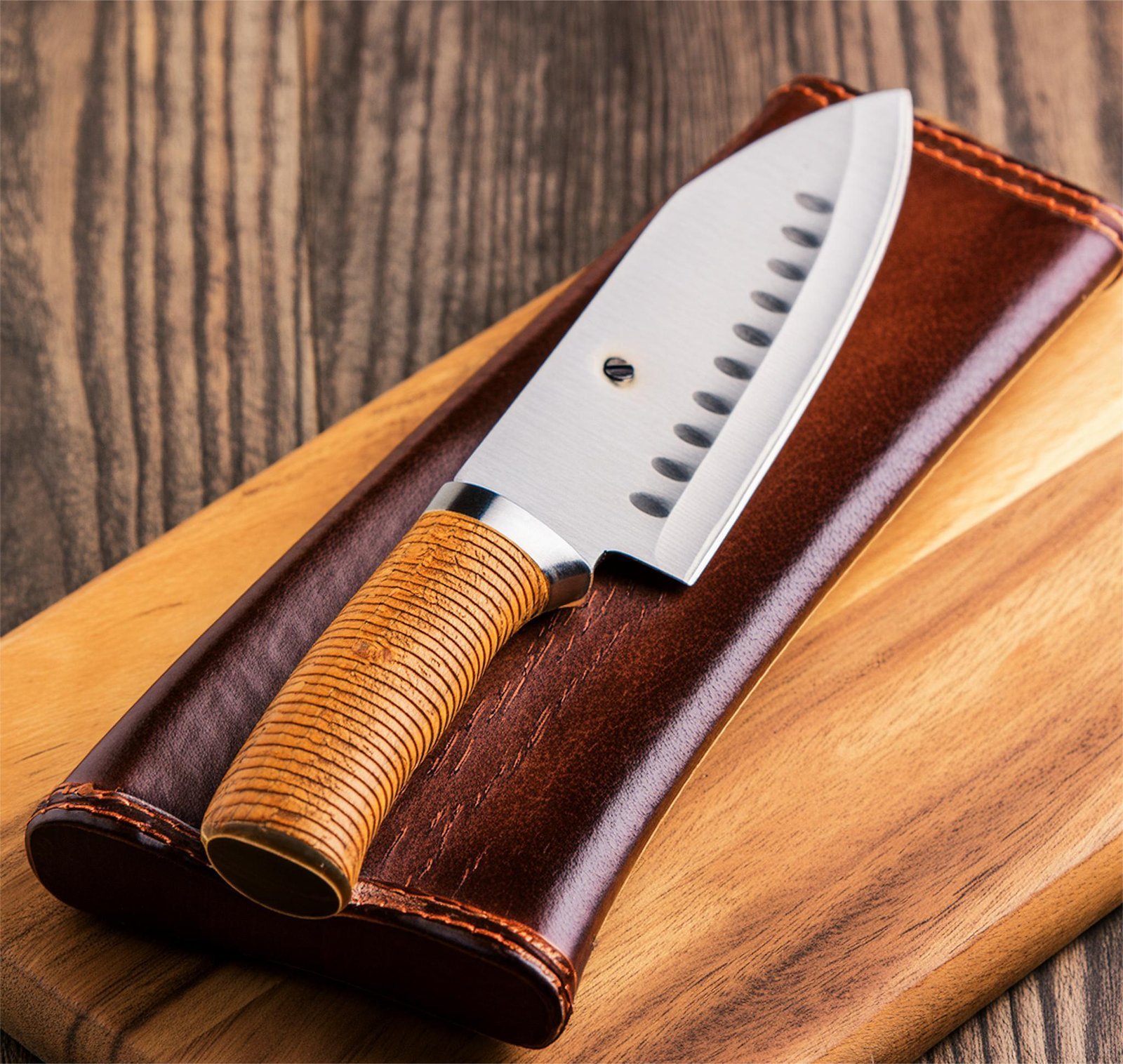
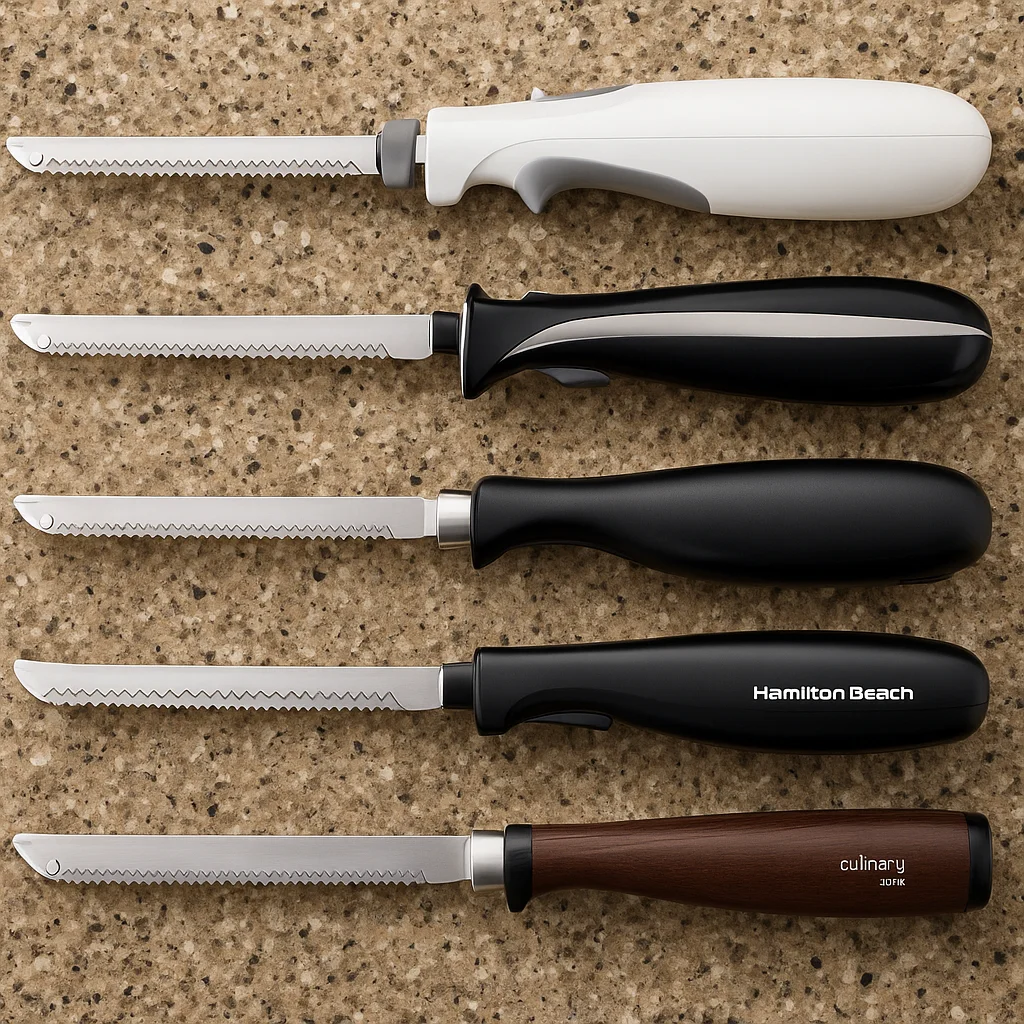
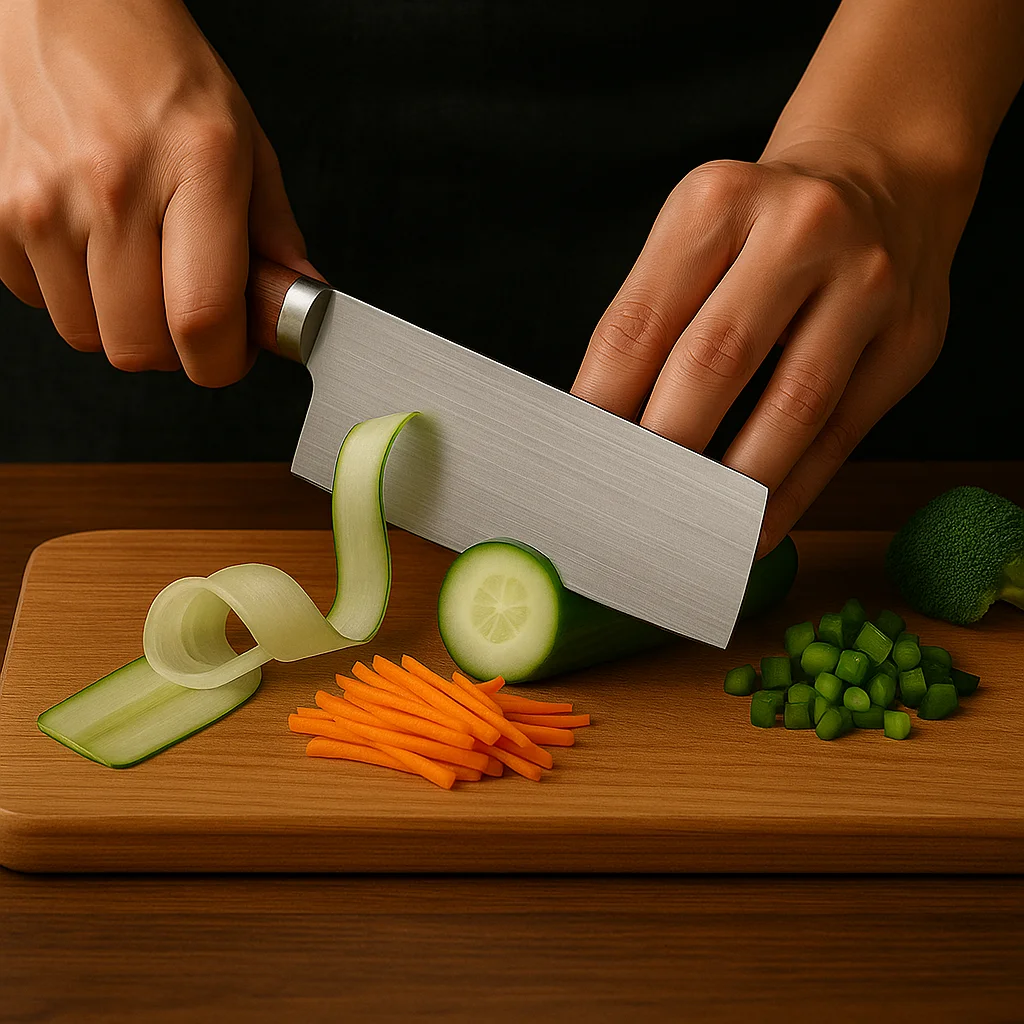
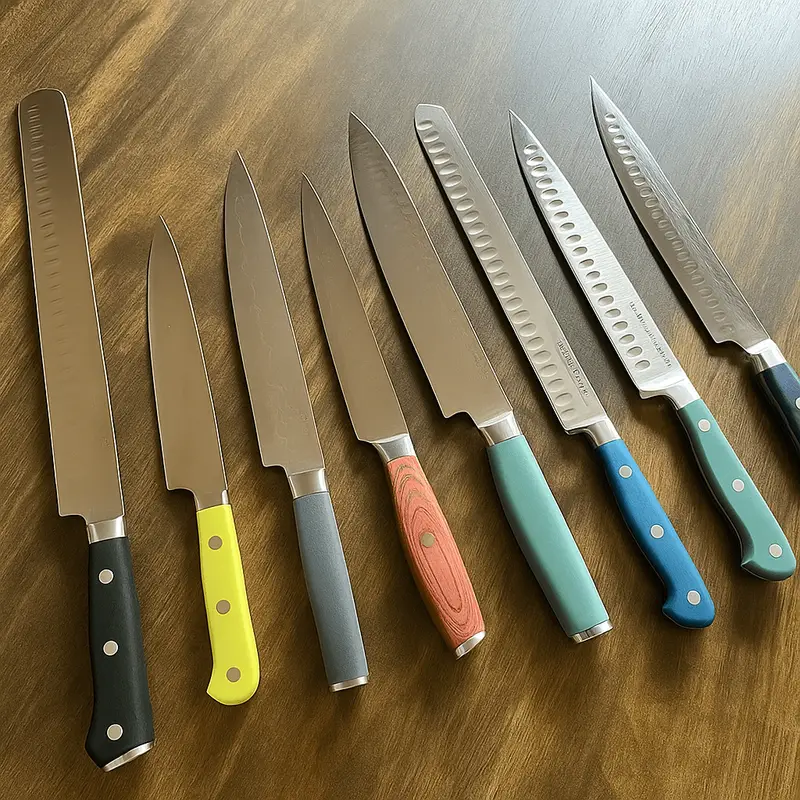
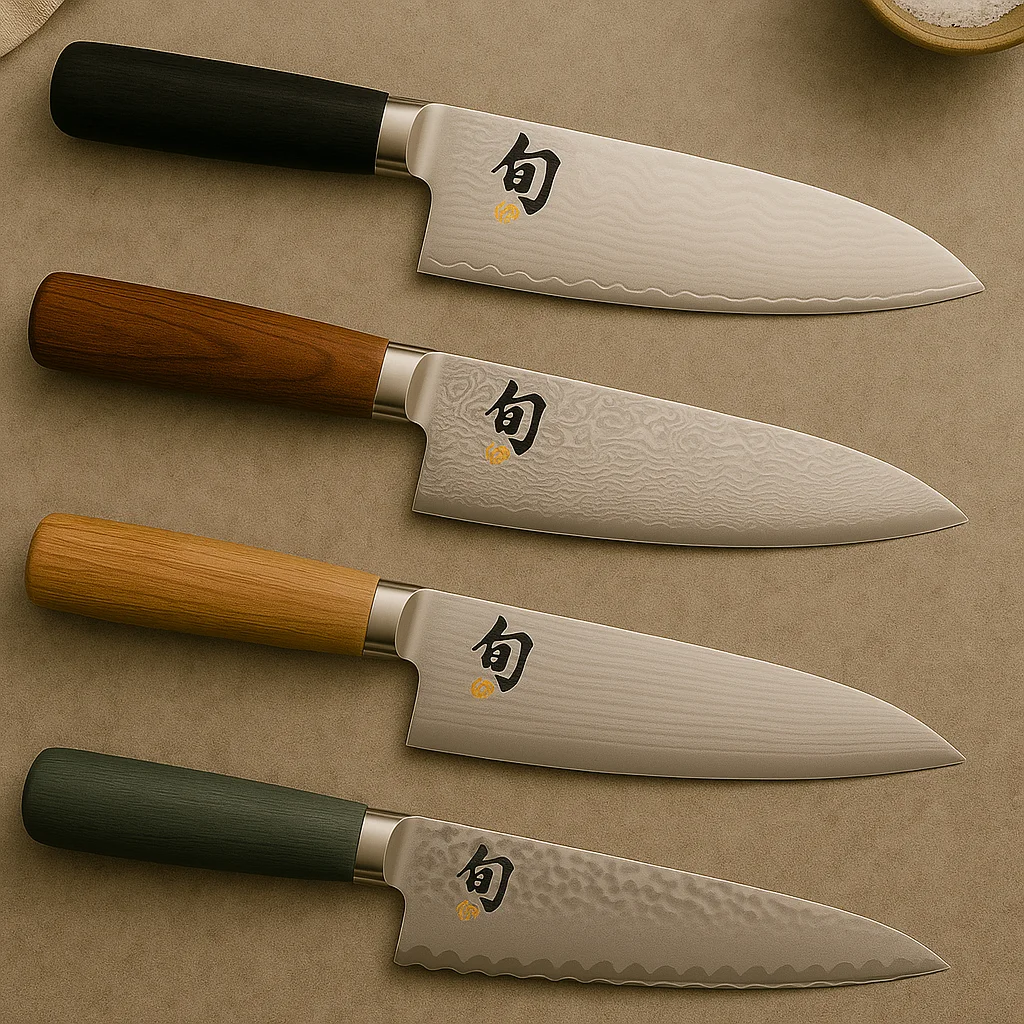
Leave a Reply